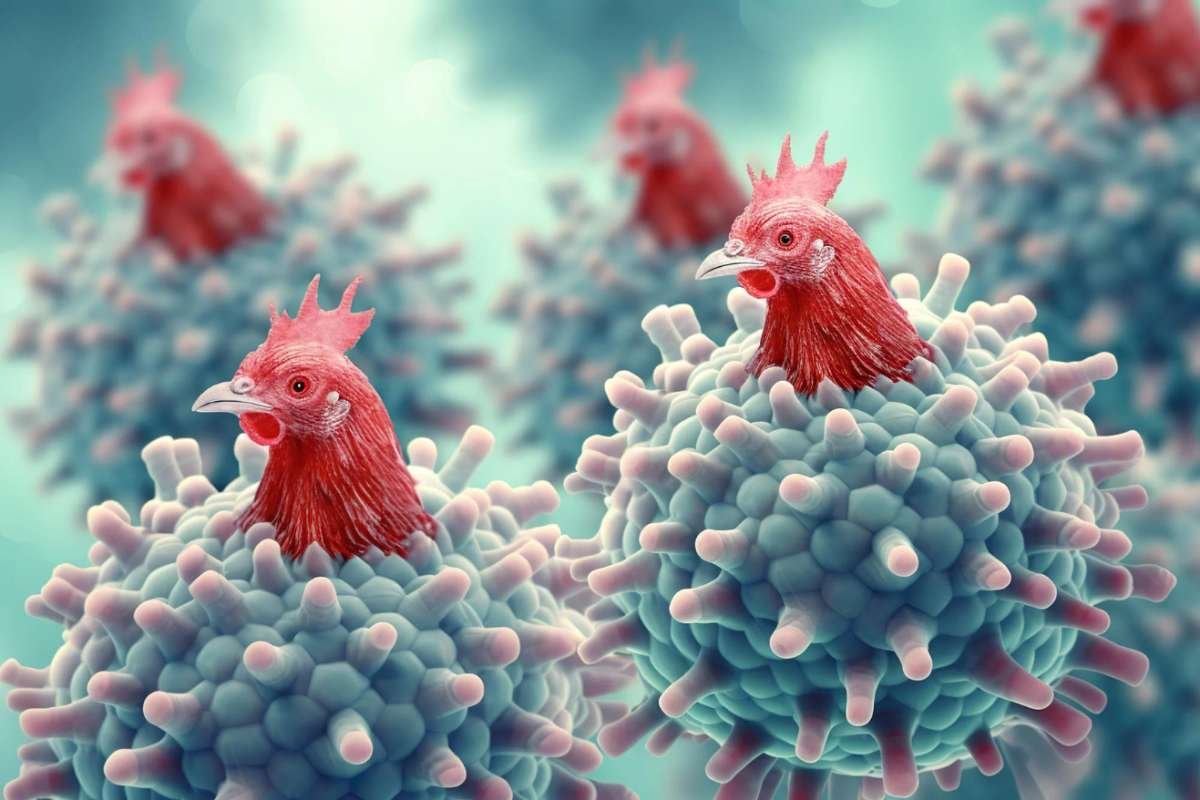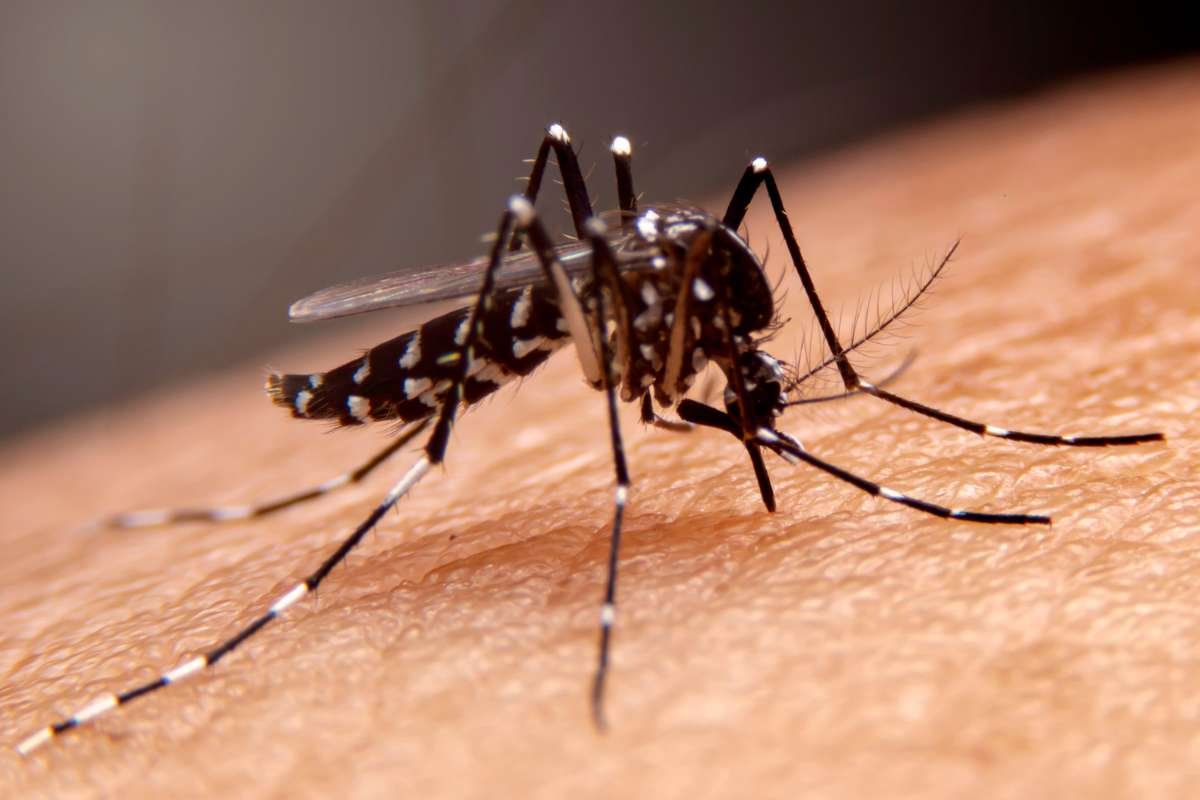Scientists Identify Alarming Mutations in H5N1 Strain
Researchers at the Texas Biomedical Research Institute (Texas Biomed) have uncovered a strain of bird flu with significant mutations, raising concerns about its ability to replicate more efficiently in human cells and cause severe disease. The study, published in Emerging Microbes & Infections, highlights a human case in Texas, where the mutated strain has shown heightened virulence. Compared to a strain found in dairy cattle, this human variant carries nine distinct mutations that have made it more adept at causing severe disease in mice. This discovery points to the virus’s potential for rapid mutation when it jumps between species.
H5N1, a virus typically found in wild birds and highly lethal to chickens, has recently expanded its host range to mammals, including dairy cows. This development marks a concerning shift in the virus’s behavior, with the first U.S. human fatality from H5N1 reported in January 2025 following exposure to infected poultry. Despite this fatality, most human cases so far have resulted in mild symptoms and no evidence of human-to-human transmission. However, scientists are warning of the urgent need for vigilance as the virus could evolve to spread more easily among humans.
Comparative Study of Human and Bovine H5N1 Strains
In their recent study, the Texas Biomed team compared H5N1 strains from a human patient and dairy cattle, revealing critical differences. The human strain’s mutations were absent in the bovine variant, suggesting these changes occurred post-human infection. Mouse models demonstrated that the human strain not only replicated more effectively but also caused more severe disease and was found in higher quantities in brain tissue.
Researchers tested several FDA-approved antiviral medications to assess their efficacy against both strains. Fortunately, the mutations in the human strain did not compromise the virus’s susceptibility to these treatments. This finding provides a glimmer of hope, as antivirals could serve as a crucial line of defense should the virus evolve into a more transmissible form before vaccines become widely available.
Dr. Luis Martinez-Sobrido, an influenza expert at Texas Biomed, emphasized the need for preparedness, highlighting the limited protection offered by current seasonal flu vaccines against H5N1. With no preexisting immunity among humans, the potential for a pandemic necessitates urgent research and development of effective vaccines and antivirals.
Ongoing Research and Prevention Measures
The Texas Biomed team is now delving deeper into the specific mutations responsible for the increased pathogenicity and virulence of the human H5N1 strain. They aim to understand the virus’s capacity to infect a broad range of mammalian hosts, its varying impact across species, and why bovine-to-human infections seem less severe than those from poultry.
In a parallel study published in mBio, Dr. Ahmed Mostafa Elsayed and collaborators have analyzed the history of H5N1 in dairy cattle. They advocate for a One Health approach to safeguard both animal and human populations. Dr. Elsayed underscores the importance of eradicating bird flu from dairy cows to reduce the risk of further mutations and interspecies transmission.
Key recommendations include thorough decontamination of milking equipment and stricter quarantine protocols to curb the virus’s spread. These measures are critical for minimizing the risk of a potential pandemic, emphasizing the need for immediate action to control the current outbreak and prevent future public health crises.







